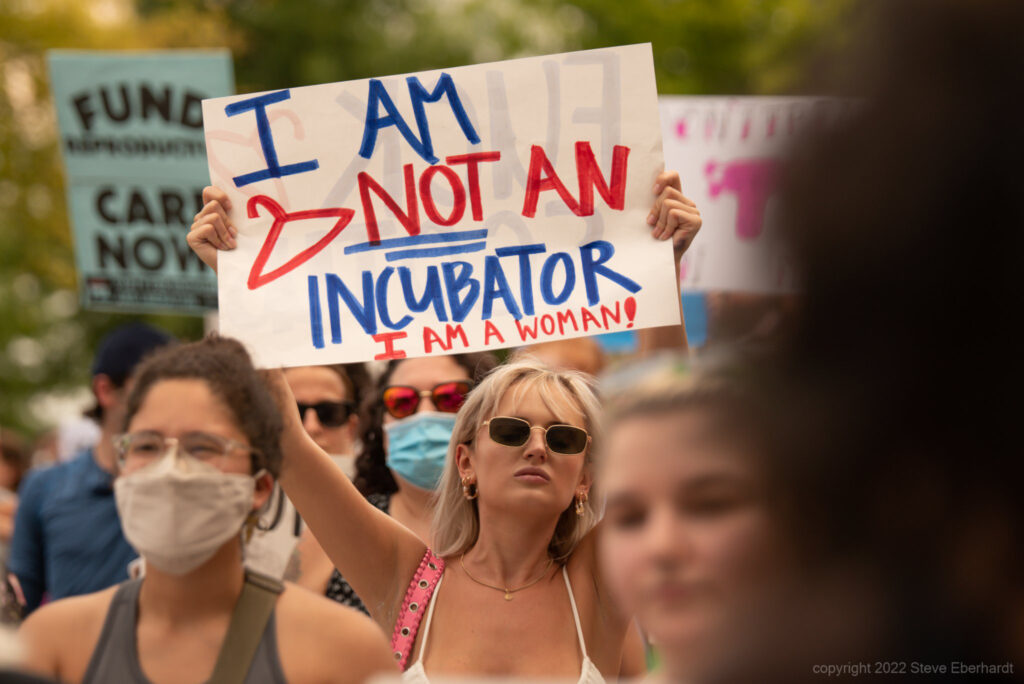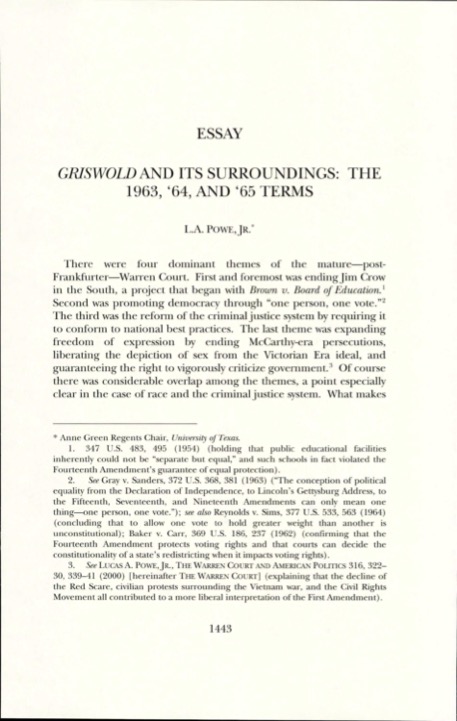Landmark Court Cases
On June 24, 2022 the Supreme Court Overturns Roe v Wade in a 6-3 landmark decision ending a woman’s right to a safe and legal abortion. How did this happen? There were six previous Supreme Court cases that led up to this decision, Griswold v Connecticut (1965), Roe v. Wade (1971), Doe v. Bolton (1973), Planned Parenthood of Southeastern Pennsylvania v. Casey (1992), June Medical Services LLC v. Russo (2020), and Dobbs v. Jackson Women’s Health Organization, which overruled Roe v. Wade and Planned Parenthood of Southeastern Pa. v. Casey. June 24, 2022 Justice Alito authored the majority of the Court decision, with Justices Clarence Thomas and Brett Kavanaugh concurring and Chief Justice John Roberts concurred in the judgment. Justices Stephen Breyer, Sonia, and Elena Kagan dissented.
“The Constitution does not mention abortion. The right is neither deeply rooted in the nation’s history nor an essential component of “ordered liberty.” The five factors that should be considered in deciding whether a precedent should be overruled support overruling Roe v. Wade and Planned Parenthood v. Casey: (1) they “short-circuited the democratic process,” (2) both lacked grounding in constitutional text, history, or precedent, (3) the tests they established were not “workable,” (4) they caused distortion of law in other areas, and (5) overruling them would not upend concrete reliance interests.” Justice Samuel Alito [Decided Robers Court, docket no. 19-1392, citation 597US_(2022), granted May 17, 2021, argued December 2021, Decided June 24, 2022].
“Dobbs v. Jackson Women’s Health Organization.” Oyez, www.oyez.org/cases/2021/19-1392.




